Strawberries
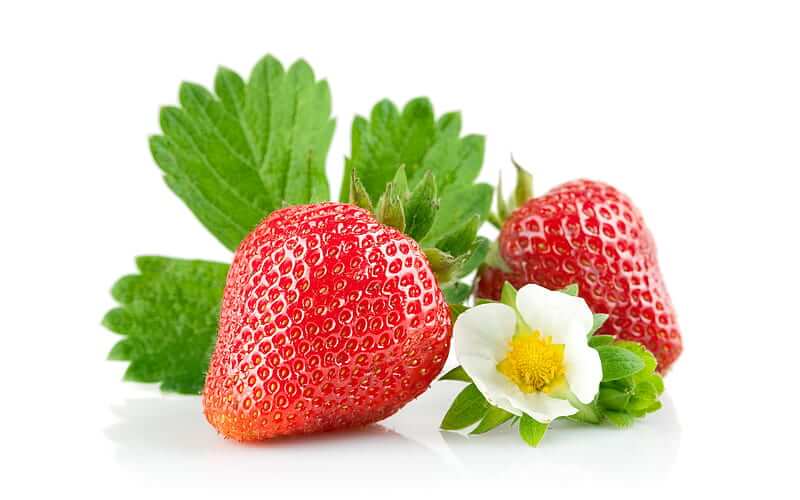
Strawberries are among the most recognizable and beloved fruits, thanks to their heart-like shape, red hue, dimpled skin, and seeds on the outside. But nature has a surprising number of lookalikes—fruits that resemble strawberries in color, texture, or structure. Some are real strawberries, others are clever mimics, and a few could fool even a seasoned forager.
Here’s a breakdown of fruits that look like strawberries, and how they compare:
1. Mock Strawberry (Duchesnea indica)

Often found in lawns or along forest edges, mock strawberries have a nearly identical look to true wild strawberries—red, with a small round body and surface seeds. However, the flower is yellow instead of white, and the fruit is dry, bland, and slightly spongy in texture. It’s not poisonous, but it’s not very tasty either. It shares the same size and shape as a strawberry, with a similar pattern of seeds on its outer surface.
2. Wild Strawberry (Fragaria vesca)
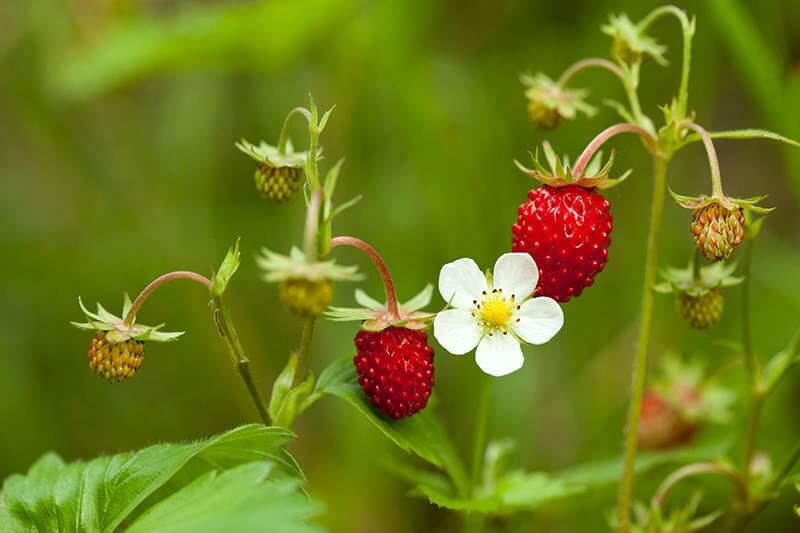
This is a true strawberry species, smaller and sweeter than cultivated varieties. It has tiny red fruits with visible surface seeds and grows close to the ground. By and large, it is a strawberry—just a wild, more petite version of the garden kind.
3. Raspberry
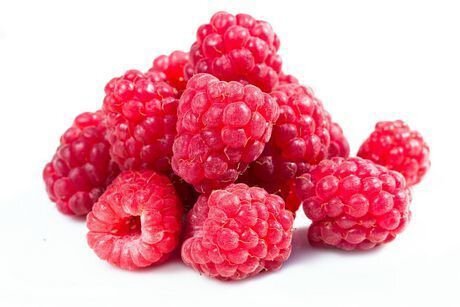
Raspberries grow in clustered drupelets that form a dome-shaped, red, and bumpy fruit, giving them a similar appearance to strawberries. Although they lack surface seeds and are hollow inside, their bright red color, clustered texture, and small berry form often lead them to be mistaken for strawberries at a glance.
4. Pineberries
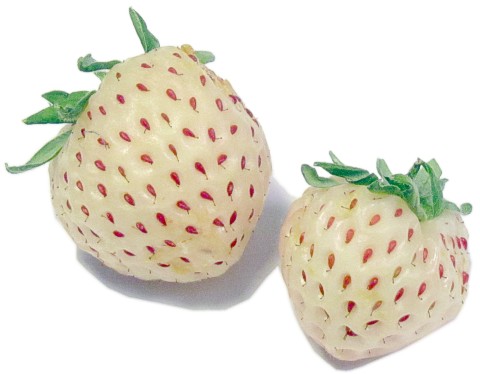
Pineberries are a unique white or pale pink cultivar of the strawberry, featuring red seeds on the outside. Despite their unusual color, they are true strawberries and share the same shape, size, and structure. Their flavor is often described as a blend of pineapple and strawberry, giving them a tropical twist. They closely resemble regular strawberries in form, with the key difference being their pale flesh and contrasting red seeds.
5. Salmonberry
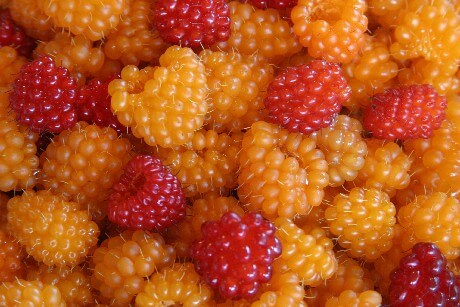
Salmonberries resemble elongated or flattened raspberries and come in shades ranging from orange to red. Their clustered drupelet structure and the way they grow on the plant can make them appear similar to a pale or golden strawberry, especially when viewed from a distance. The red-orange hue, bumpy texture, and small berry size all contribute to their strawberry-like appearance.
6. Tayberry
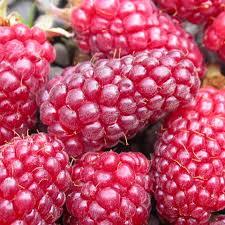
Tayberries, a cross between raspberries and blackberries, are cone-shaped fruits with a rich red-purple hue and a soft, juicy texture. Their elongated form and deep coloration can easily resemble strawberries at a glance, particularly from the side. The combination of their size, shape, and coloring often leads to confusion with strawberries in markets or gardens.
7. Red Mulberry (Morus rubra) – unripe
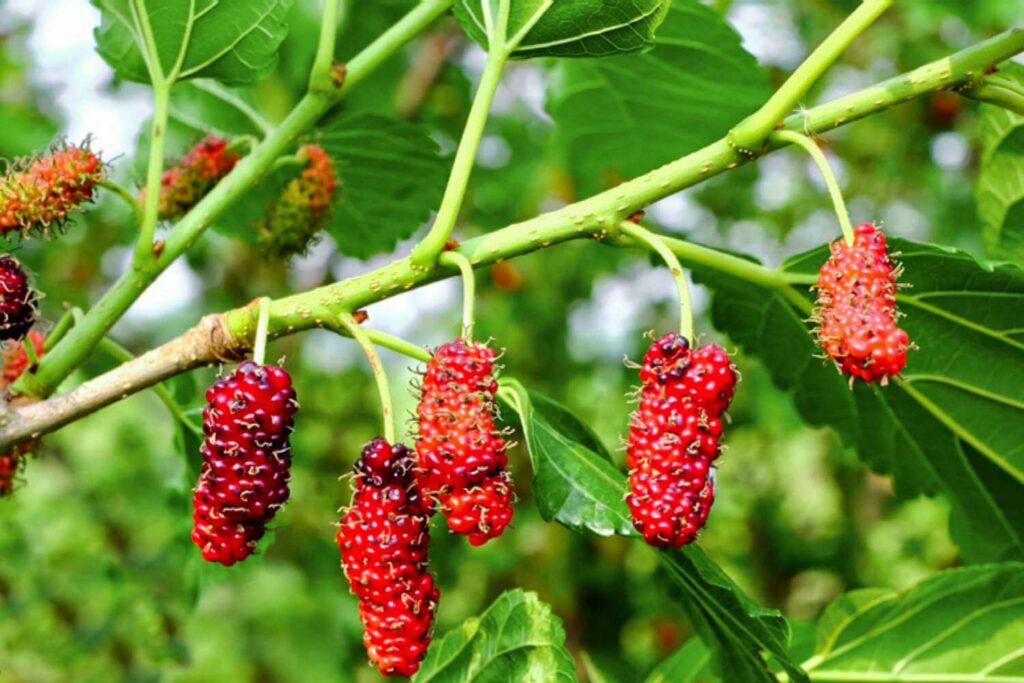
Unripe red mulberries (Morus rubra) are short, plump, and red, often mimicking the appearance of strawberries during their early ripening stages. Their clustered drupelet texture and vibrant color contribute to the resemblance, though as they mature, they elongate and darken to deep purple or black. At a glance, the youthful fruit can easily be mistaken for a small strawberry.
8. Cloudberry (Rubus chamaemorus)
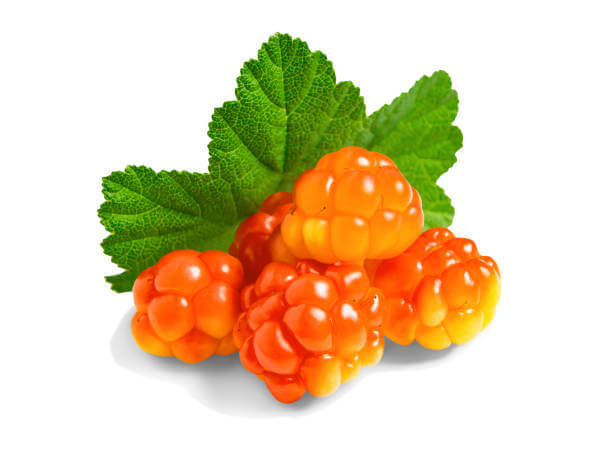
Cloudberries are usually golden-orange and resemble raspberries in their drupelet structure, but their overall shape and size can mimic strawberries—especially when unripe or viewed in low light. They grow low to the ground, much like strawberries, and their leaves also bear a striking resemblance to strawberry foliage. This combination of berry form, growth habit, and leaf shape can make cloudberries easy to confuse with strawberries at a quick glance.
9. Himalayan Blackberry (Rubus armeniacus) – unripe
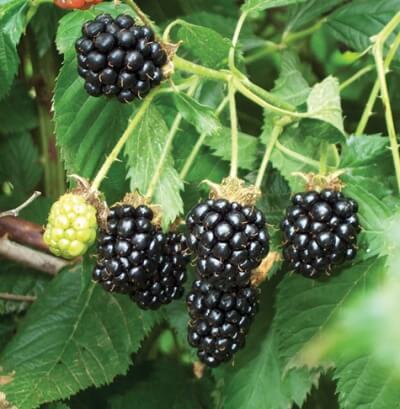
When unripe, the Himalayan blackberry produces bright red, firm fruits that are conical in shape—closely resembling strawberries at first glance. These berries grow on thorny vines and are often found in wild or overgrown areas. Before they ripen into their characteristic deep purple or black hue, their red color and surface texture can easily lead to confusion with strawberries.
